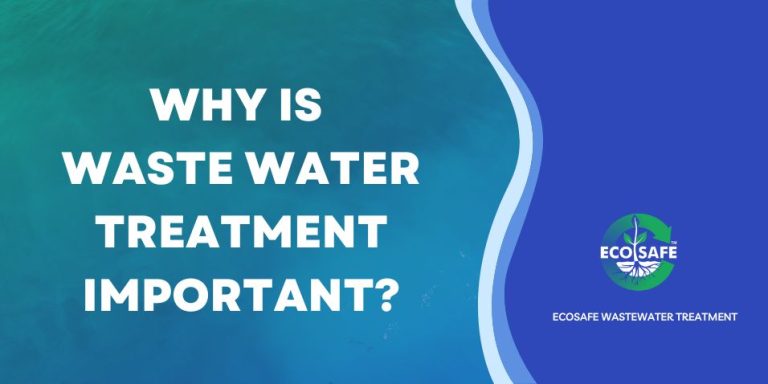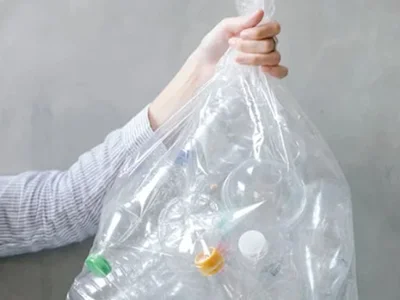Reclaim Waste Fundamentals Explained
Reclaim Waste Fundamentals Explained
Blog Article
The Definitive Guide for Reclaim Waste
Table of ContentsThe Basic Principles Of Reclaim Waste Rumored Buzz on Reclaim WasteMore About Reclaim WasteThings about Reclaim WasteGet This Report on Reclaim Waste
Explore the kinds, incidents, and types of liquid waste. Domestic sewer waste describes the waste and items from a domestic septic storage tank. This kind of waste is produced by people in homes, institutions, and other buildings. This only consists of septic systems that have a drain field. The appropriate administration and disposal of residential sewer waste call for liquid waste to be moved to a sewage therapy plant where the proper techniques and equipment are put on detoxify and get rid of waste.
Commercial waste commonly includes potential threats, such as combustible products or a mixture of fluid and solid waste products, and requires an advanced and comprehensive disposal process. The disposal of business waste usually involves the filtration of waste before transportation to guarantee secure and correct disposal. Industrial waste is produced from results and runoff of commercial processes and production.
This sort of waste can not utilize the very same sewage administration transport or processes as septic or business fluids. The hazardous waste monitoring procedure requires the examination and testing of liquid waste prior to it goes through the disposal procedure (liquid waste disposal melbourne). Runoff waste is the liquid waste that comes from overflow and excess stormwater in very populated areas or cities
Drainage waste can create contamination and flooding if not managed properly. Making sure appropriate waste monitoring can protect against disasters and decrease environmental harm.
Everything about Reclaim Waste
Contact PROS Solutions today to find out about our waste administration and disposal solutions and the correct ways to care for the fluid waste you produce.
(https://www.ted.com/profiles/48198485/about)Do you know what happens to your water when you end, purge the bathroom or drain pipes the washing maker? No? Well, it's worth understanding. This so-called 'wastewater' is not only a vital resource but, after therapy, will certainly be launched to our land, waterways or the sea. Used water from bathrooms, showers, baths, kitchen area sinks, laundries and industrial procedures is referred to as wastewater.

water utilized to cool down equipment or tidy plant and devices). Stormwater, a type of wastewater, is overflow that moves from farming and metropolitan locations such as roof coverings, parks, yards, roadways, courses and gutters right into stormwater drains, after rain. Stormwater streams unattended straight to neighborhood creeks or rivers, ultimately reaching the sea.
The Main Principles Of Reclaim Waste
In Queensland, the majority of wastewater is dealt with at sewer therapy plants. Wastewater is delivered from residential or commercial websites through a system of drains and pump terminals, known as sewerage reticulation, to a sewage treatment plant.
The Department of Natural Resources suggests city governments concerning handling, operating and keeping sewerage systems and treatment plants. In unsewered locations, local federal governments might need owners to install individual or house sewer treatment systems to deal with residential wastewater from bathrooms, cooking areas, shower rooms and washings. The Department of Natural Resources authorises using family systems when they are verified to be reliable.
In some new class, treatment of some stormwater to remove clutter, sand and gravel has started utilizing gross toxin catches. Wastewater treatment takes place in 4 phases: Eliminates solid matter.
Utilizes small living organisms knows as micro-organisms to damage down and eliminate continuing to be liquified wastes and great particles. Micro-organisms and wastes are included in the sludge.
Not known Details About Reclaim Waste
Nutrient elimination is not offered at all sewer therapy plants due to the fact that it needs costly specialised equipment. Clear fluid effluent generated after treatment may still contain disease-causing micro-organisms - liquid waste removal.

This generally means wastewater needs to be dealt with or impurities eliminated before it can be released to waterways. Many wastewater flows right into the sewerage system. Under the Act, city governments carry out authorizations and licences for ecologically relevant activities (Periods) entailing wastewater launches that could have a neighborhood influence. The division carries out approvals and permits to Ages involving wastewater launches that might have a local or statewide impact.
A Biased View of Reclaim Waste
Surveillance provides valid details about water Extra resources quality and can confirm that permit problems are being satisfied. The info gotten with tracking supplies the basis for making water high quality decisions.
Report this page